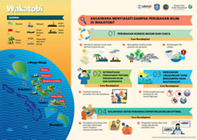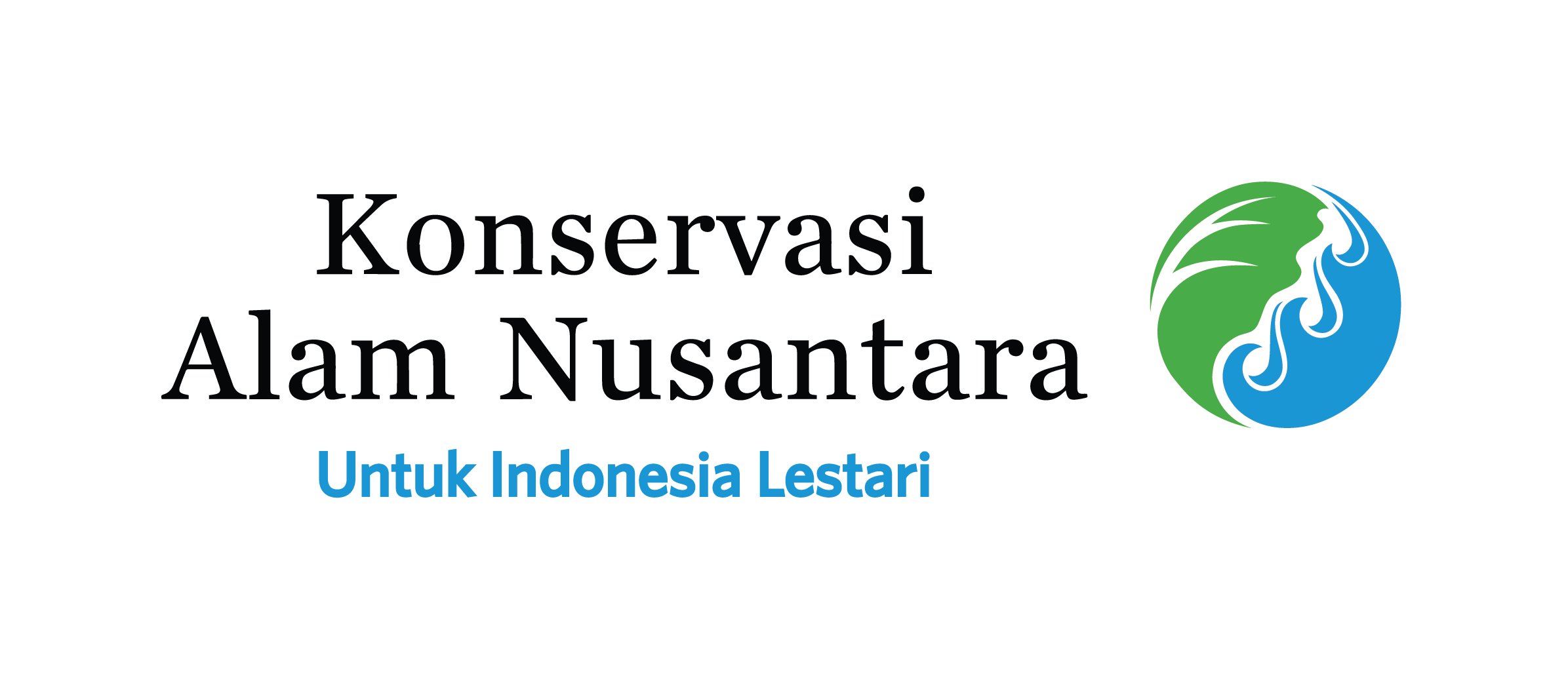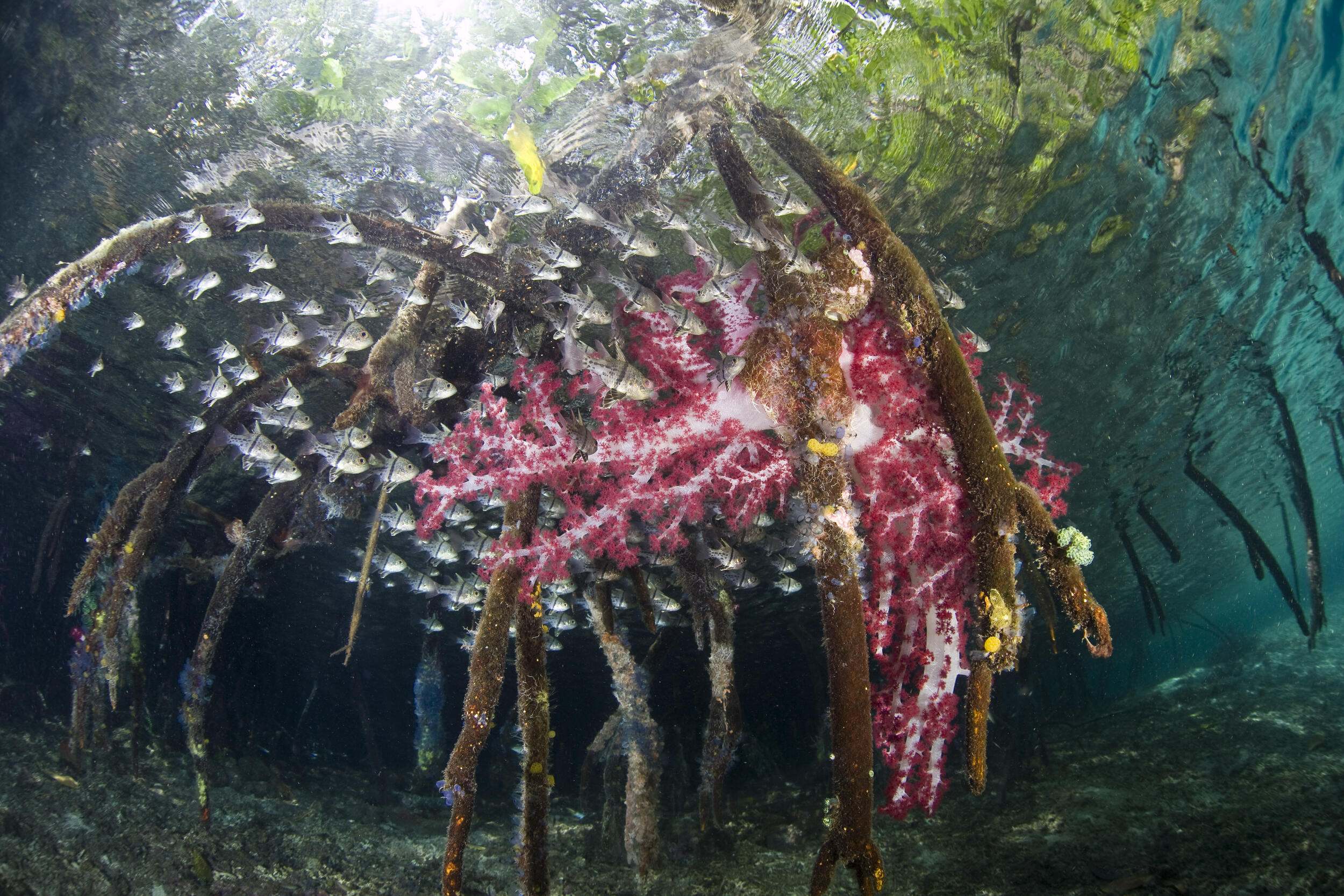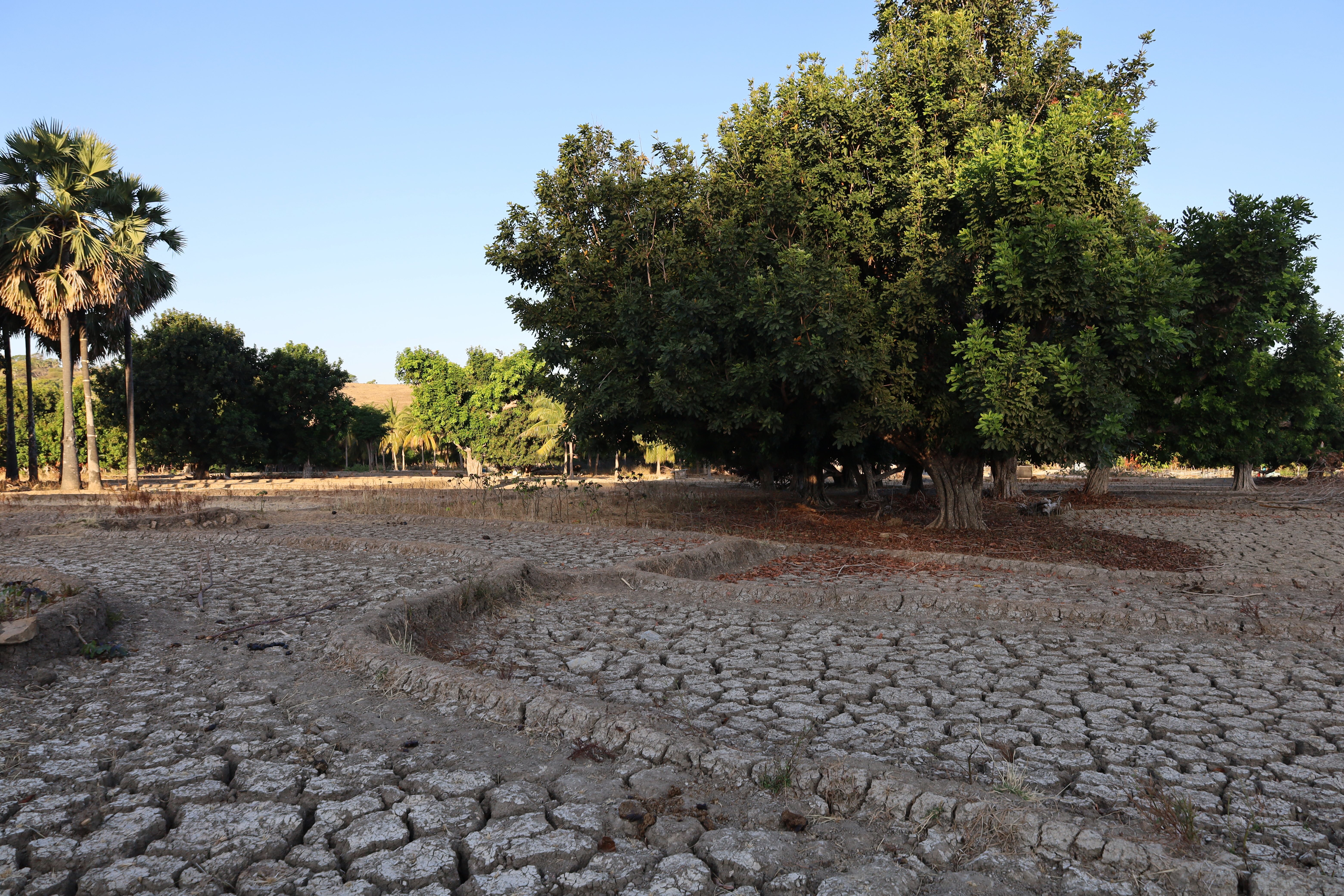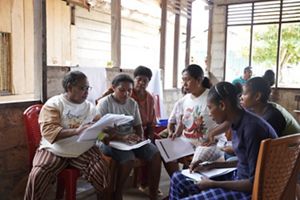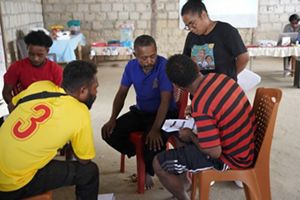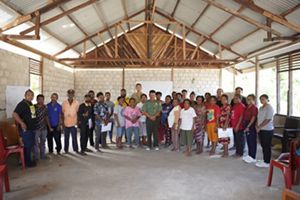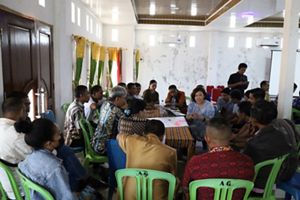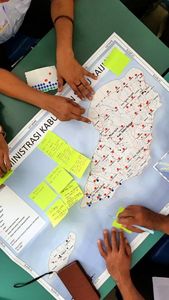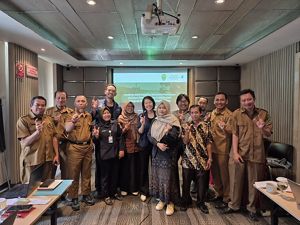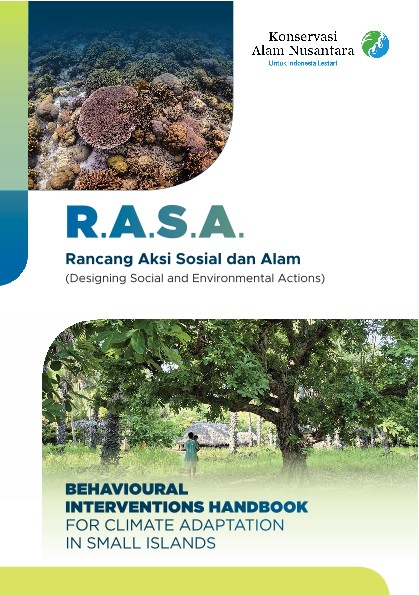Climate Change Adaptation and Disaster Risk Reduction
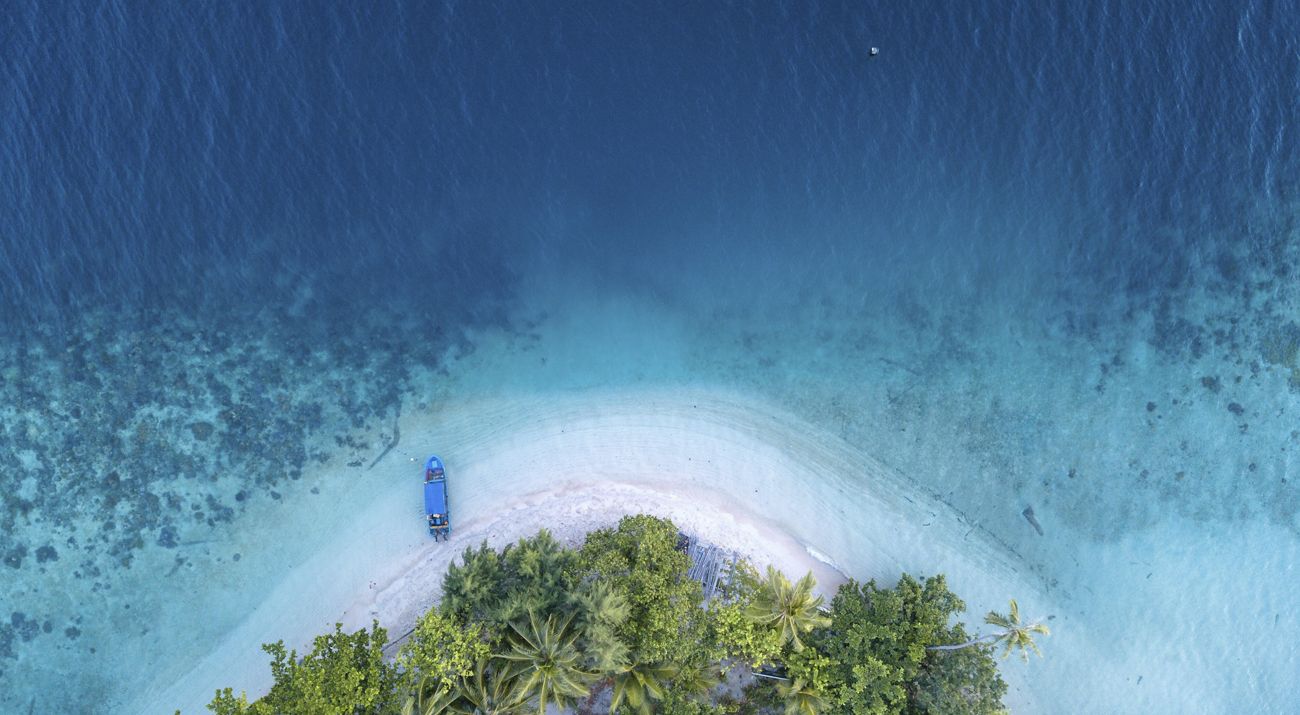
What is Climate Adaptation and Disaster Risk Reduction?
The impacts and risks of climate change and natural disasters pose serious threats to Indonesia’s biophysical, social, and economic ecosystems and its development. These threats are expected to intensify in the future as climate change accelerates. Coastal communities are among the most vulnerable, facing shifting weather patterns, extreme temperatures, rising sea levels, severe weather events, and more frequent natural disasters.
To support effective climate adaptation and disaster risk reduction (DRR), YKAN conducts vulnerability assessments in Indonesia's small islands. The findings will guide priority actions to enhance systemic capacity using resilience-based approaches. This method goes beyond traditional risk-based adaptation by incorporating socio-economic and ecological dimensions, aiming to foster long-term sustainability and resilience in these frontline communities.
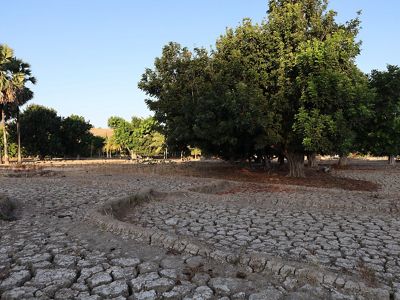
Issues & Challenges
-
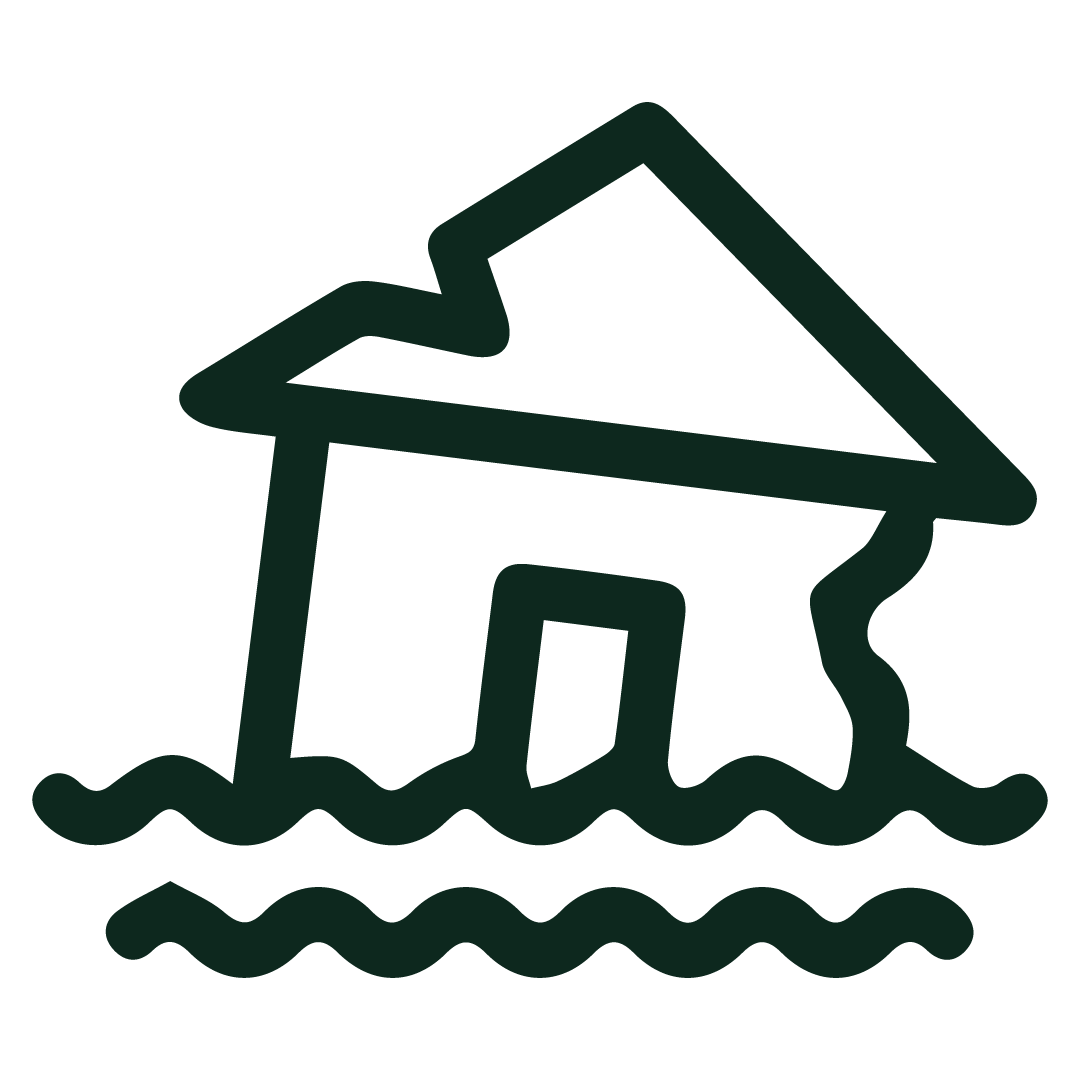
1,800 km of Indonesia’s coastline is highly vulnerable (Bappenas, 2021), while 60% of the population lives in coastal areas.
-
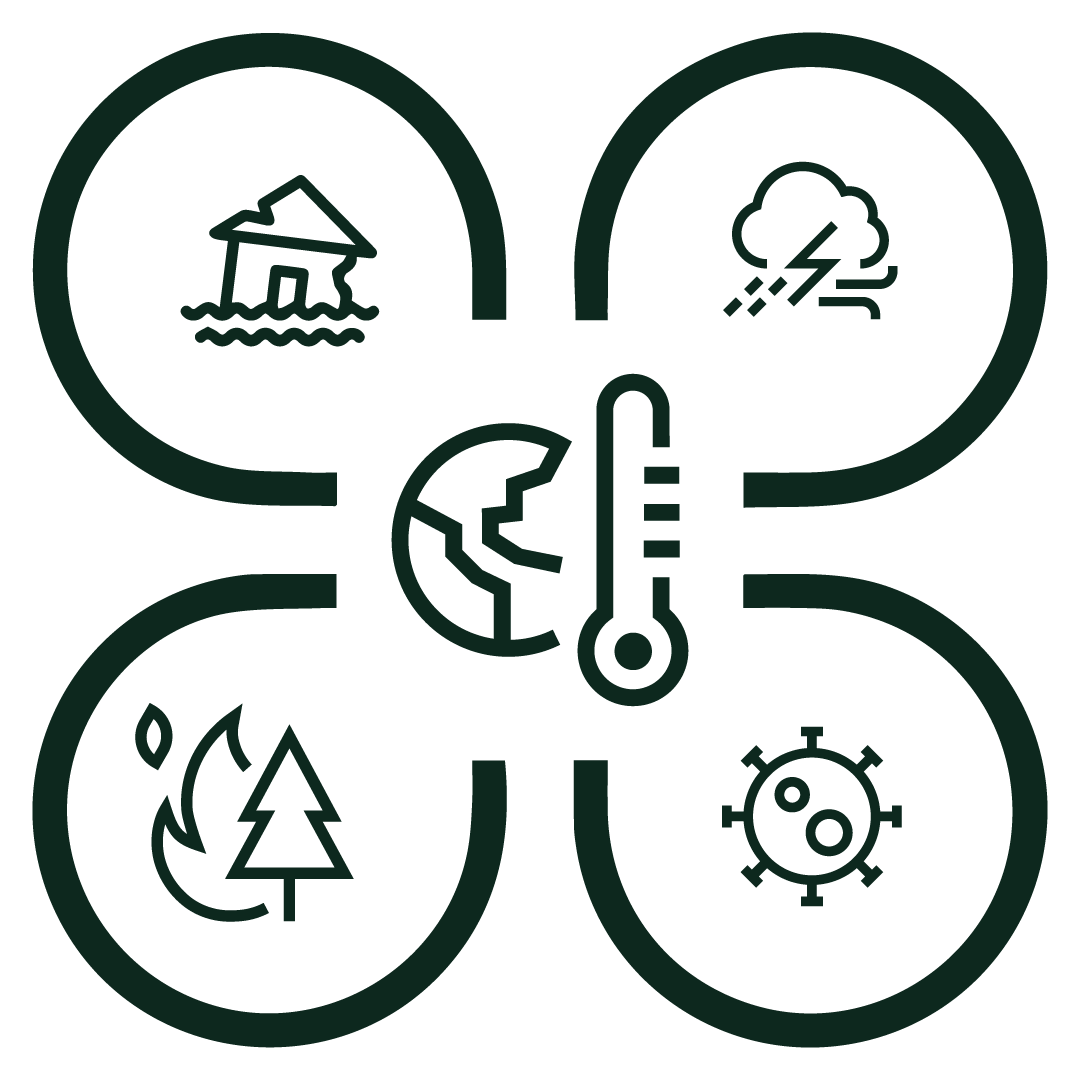
Disasters and vector-borne diseases are becoming more frequent and severe, including droughts, floods, and landslides.
-

Unpredictable weather and shifting seasons are disrupting livelihoods and economic activities.
-

Minimal public awareness of climate change.
-

Climate adaptation is not yet fully integrated into local policies and planning.
-

Communities lack the capacity to adapt effectively to climate change impacts.
Our Strategies
Target
Protecting coastal habitats to preserve natural ecosystems and enhance communities' resilience in small islands, as well as, strengthening adaptation to climate change by 2030.
Approach Strategy
YKAN’s approach will prioritize:
Our Work Area
Key Program
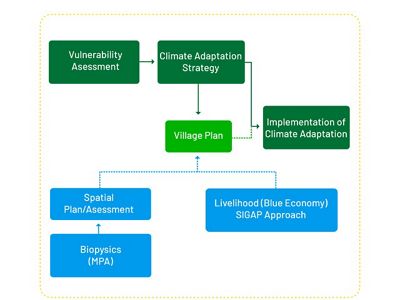
YKAN’s Key Program includes:
- Conducting climate vulnerability assessments.
- Analyzing climate adaptation policies.
- Integrating nature-based solutions into village policies and plans.
- Developing disaster risk reduction strategies.
- Development of innovative financing mechanism as risk-transfer from disaster (parametric insurance for coral reefs)
- Developing and implementing Climate Change Adaptation Behavioral Guidelines.
- Implementing climate adaptation and disaster risk reduction action plans, including:
- Strengthening the resilience and capacity of coastal community livelihoods.
- Building community and local government capacity in disaster risk reduction.
- Promoting the implementation of nature-based solutions, such as rainwater harvesting and ecosystem restoration.
- Enhancing peoples’ skills, knowledge, and awareness of climate adaptation.
- Developing Loss and Damage mechanisms and other climate financing strategies.
Publication
Download
Behavioral intervention guide by YKAN strengthens small island resilience through climate adaptation, focusing on local behaviors & culture.
DownloadDownload
-
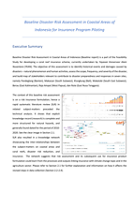 Baseline Disaster Risk Assessment in Coastal Areas of Indonesia
Baseline Disaster Risk Assessment in Coastal Areas of IndonesiaRisk assessment (2000-2020) in seven coastal areas identified 1,947 events, supporting coral reef insurance.
Download -
